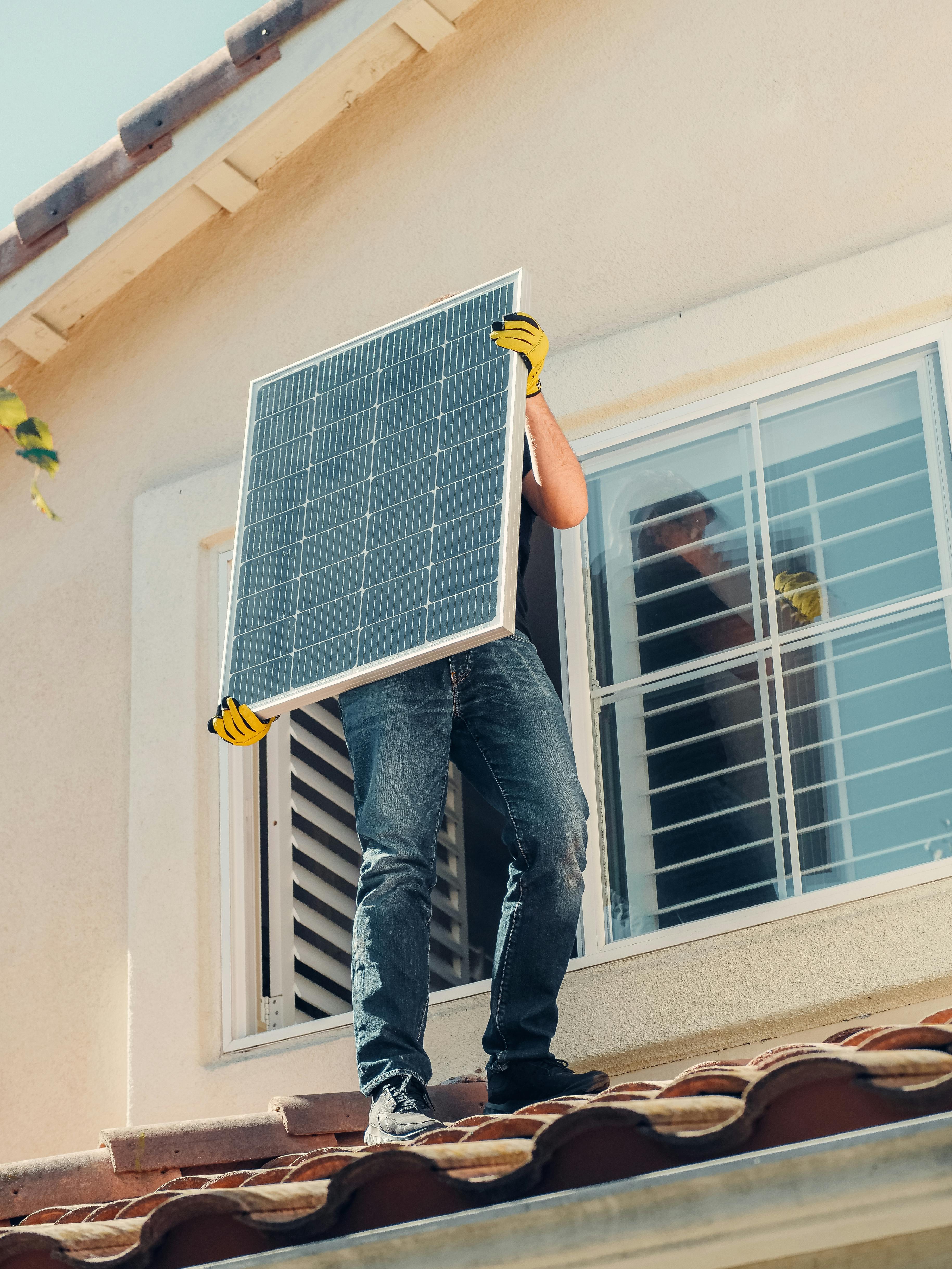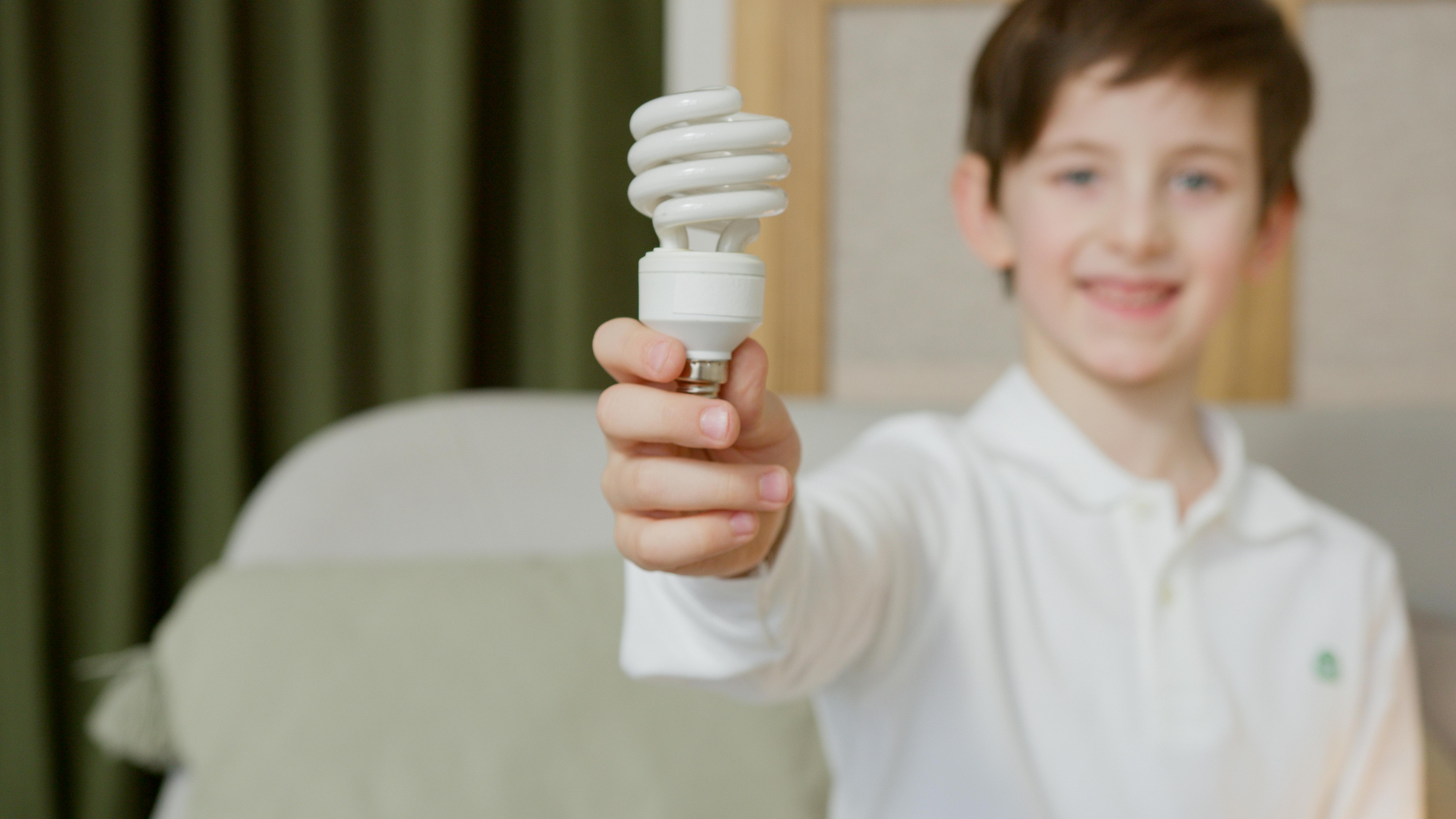How to Lower Household Energy Bills with Government Incentives in Ireland
Let’s be real—if you’ve lived in Ireland the last few years, you’ve either grimaced at your rising electricity bill or, at some point, choked when the gas direct debit came out. I remember spring 2022: racing to get the old immersion heater switched off before the kids’ bath, scrolling through SEAI’s (Sustainable Energy Authority of Ireland) website at 2 am, half-optimistic, half-convinced the whole grant thing was a bureaucratic nightmare. Back then, few of us could have predicted just how sharply household energy costs would spike, or how urgent—and frankly lucrative—the journey to energy upgrades would become1. Sound familiar? Good. Because what I’m about to share is not just a grant-guide rehash. These are lived lessons—pragmatic, sometimes messy, always real—on lowering bills and finally making those government incentives work for real Irish households, in 2025 and beyond.
I’ll be brutally honest: I once believed “cutting energy bills” meant layers of sweaters, cold eggs for breakfast, and a no-fun home. Now, after a decade helping friends, clients, and—let’s face it—myself, I know that with the right know-how and government help, you can not only lower bills but add comfort, value, and even a little eco-bragging rights. But it’s not as simple as plugging in a smart thermostat and calling it a day. So, how do you use Ireland’s government incentives without falling into the obvious traps, delays, or hidden costs?
The New Reality: Why Irish Energy Bills Are Rising
A few years ago, most households barely glanced at unit rates. Now, energy prices are headline news—a mix of global shocks, energy market reform, and, if I’m honest, some policy lag. Between war in Ukraine driving up wholesale gas and the necessary shift away from fossil fuels2, Irish families are uniquely squeezed: our housing stock is old, insulation patchy, and weather conditions, well… let’s call them “robust.” What’s wild is, compared to the EU, Ireland has among the highest average home energy use per capita, especially when you factor heating3.
According to Eurostat’s 2024 report, Irish households spend about 27% more on home heating than the EU average, mainly due to outdated building stock and colder, damper winters than most of Western Europe4.
It’s worth pausing on that fact: even if your electricity and gas use are “average,” your bill isn’t. “How is this still happening?” people ask me at events. Short answer: unless you or the landlord have invested in a major retrofit in the last decade, you’re battling structural inefficiencies—drafts, thin attic insulation, ancient gas boilers—that no “18 Energy Hacks” TikTok video will fix on its own.
The consequences of ignoring these inefficiencies? You pay more, year after year, for less comfort. That’s the harsh truth—and the real driver behind the new, expanded government incentives. Still, how does one actually benefit from these programs, and which ones are worth your precious time in the real world, not just on campaign ads?
Government Incentives: What’s on Offer in 2025?
Every January, the SEAI update their incentive roster, and I always remind clients: “Don’t get swept away by headlines—look at what actually applies to your home.” Too often, people chase the latest, shiniest grant (“solar is hot right now!”) without considering if their attic is hemorrhaging heat. So, what’s available for typical Irish homes this year? Let’s break it down—no jargon, just what you need:
| Incentive/Grant | Eligible Upgrades | 2025 Max Value (€) | Key Conditions |
|---|---|---|---|
| Home Energy Grants (SEAI) | Attic/cavity wall insulation, heat pumps, solar PV, heating controls | Up to €8,000+ | Private homeowners, most pre-2011 builds, BER assessment needed5 |
| One Stop Shop Grants | Deep retrofits, full home upgrades (multi-measure) | Up to €25,000 | Coordinated via SEAI-approved contractors, owner-occupied only |
| Free Energy Upgrades | Insulation, boiler replacement, LED lighting, simple energy fixes | 100% funded | Means-tested, usually for eligible low-income households6 |
| Solar PV Grant | Solar panel installation | Up to €2,400 | New and existing homes, must link to ESB grid, some planning rules |
| Community Grants | Group/estate retrofits, shared solar, community heat pumps | Variable | Requires local group structure, project approval |
The majority of Irish homes qualify for at least one upgrade, especially insulation grants and heating controls, which dramatically cut energy loss within months. The catch? It’s all about picking the grant that addresses your largest energy “leak”—not just whatever’s trending.
Quick reality check: not all grants stack. I made this mistake myself, back in 2019, dreaming of a solar-powered, heat-pumped utopia—until an SEAI contractor gently explained it’s step-by-step. Also, most programs now require that you use SEAI-registered contractors, meaning your uncle’s mate (unless he’s registered) isn’t eligible for public funding. While bureaucracy lingers (it wouldn’t be Ireland if it didn’t), processes have improved. Most approvals take 2-6 weeks, not the six months horror stories from the past.
Let’s briefly sidestep and ask: why all these incentives now, and why so generous? Two reasons stand out. First, Ireland faces binding EU and national emissions targets—if we don’t reduce household energy use, the country pays stiff penalties (plus your bills remain punishingly high). Second, and more importantly for most readers, these incentives are designed to nudge ordinary households into action, subsidizing the upfront cost of upgrades that used to be “nice to have” luxuries reserved for early adopters7.
Strategic Steps to Lower Energy Bills (and Not Waste Time)
- Get a BER Assessment (“Building Energy Rating”): This isn’t just bureaucracy—it’s the fastest way to spot where your money drains. Many grants require it, and the best assessors break down both costs and the impact of each upgrade. Pro tip: ask for a prioritized upgrade list, not just the printout.
- Tackle Insulation First: Honestly, if an assessor tries to talk you into heat pumps or PV before you seal the attic, run! Insulation (attic, cavity wall, draft-proofing) delivers the quickest ROI. I’ve seen neighbors cut heating bills by 40% in a single winter—a savings rarely matched by “shiny” upgrades.
- Add Heating Controls: Modern digital heating controls (think smart thermostats, zoning) can cut 20-25% off gas/oil bills by simply heating when (and where) you need it. Many grants will partially or fully fund these.
- Layer in Solar or Heat Pumps (Carefully): Once the basics are right, solar or heat pumps can shave another 15-30%. But don’t skip steps, or you’ll waste thousands recouping the investment8.
- Use SEAI’s Grant Calculator: Before signing anything, run your plan through the official calculator for cost, eligibility, and savings estimates—every year, as incentives do shift.
I’ll admit, I sometimes wish I’d staged my upgrades better—caught up in the “save the world” hype of the early solar wave. What actually works in Irish homes, especially rural or older ones? Insulation upgrades—always. Third- or fourth-hand advice? Sometimes a dead end. Go directly to SEAI or registered engineers.

Home Upgrade Paths: Real-World Case Studies
Time for some real talk. Here are two cases from the last 18 months that sum up the highs (and pitfalls) of the incentive game:
-
Case Study 1: 1960s Dublin Semi-D – Family with “Energy Fatigue”
Starting point? BER D2, chilly kids’ bedrooms, elderly gas boiler from 1988.
Actions? Got a SEAI grant for attic/cavity wall insulation (+€1800), new digital heating controls (+€700), and upgraded to a modern condensing boiler.
Outcome? Bills fell 39% that winter; home finally “held the heat.” BER improved to B3, house value went up. Family went back for solar a year later—a staged approach. -
Case Study 2: 2000s Rural Bungalow – Early Solar Adopters
Starting point? Decent insulation, but went straight for solar PV in 2021, using max grant.
Mistake? Their roof orientation delivered only 65% of “projected” yield. Payback period stretched from 6 years (on paper) to 11 in reality.
Lesson? Grants don’t guarantee quick returns—matching the project to your home matters way more than chasing incentives for their own sake.
Another thing: people always ask if all this actually increases property value. Data from Daft.ie (2024 market review) shows that BER B-rated homes in Dublin fetch anywhere from 5-10% higher prices than C/E range equivalents. So, there’s real resale incentive, beyond just bill savings10.
More than 460,000 Irish homes were built before 1970. These properties are twice as likely to qualify for top-tier insulation grants, as the state aims to get 500,000 retrofits by 203011.
“Quick Wins” vs. “Long Game” Savings
- Quick Wins: LED lighting, radiator reflectors, basic draft-proofing, and adjusting boiler settings. Most pay for themselves in a single bill cycle.
- Mid-Term Moves: Attic/cavity wall insulation, digital heating zones, timer controls—usually getting you BER C or better, funded up to 50-80% by grants.
- Long Game: Air-to-water heat pumps, triple-glazed windows, deep retrofit—expensive upfront (even post-grant), but slash bills for decades.
| Upgrade Type | Avg. Savings (%) | Grant Range (€) | Payback |
|---|---|---|---|
| Attic Insulation | 15-25 | 400–1,500 | 6-24 months |
| Heating Controls | 10-20 | 700–1,200 | 1–2 years |
| Solar PV | 20-30* | 1,000–2,400 | 6–12 years |
| Heat Pump | 30-50 | 4,500–8,000 | 8–15 years |
*Solar savings depend heavily on roof orientation and local sunlight—something I learned the hard way during last year’s “once-a-summer” Irish heatwave. Don’t overpromise here.
How to Maximise Grants Without Regret
- Apply Early (Every Calendar Year): It’s not a secret—grant pools get used up and policies change mid-year. I lost out on a bonus insulation payout in 2023 waiting for “the perfect” time.
- Request Multiple Quotes—All From SEAI Registered Suppliers: I’ve seen cost differences of 20%+ between registered companies. Price-shop, but stick to the approved list or you’ll void your funding.
- Get Clarity On “Extras”: Make sure there’s a comprehensive site survey included in your quote. I once assumed, only to find a €1k “ventilation upgrade” tacked on later—a rookie move.
- Document Everything (Photos, Emails, Receipts): If there’s a funding hiccup (they do happen), you need this evidence.
- Plan Upgrades in Logical Stages: Don’t leap to the techy stuff. Focus on basics—insulation first, controls next. Only then consider heat pumps, PV, etc.
Here’s the thing: real energy savings in Ireland require a staged, strategic approach—never a rushed one. Tackle the basics, choose grants that fit your actual home and your family’s budget, and you’ll likely find, as thousands of Irish homeowners have, that energy upgrades pay back far sooner than most expect.
Conclusion: Towards a Smarter, Cheaper, Warmer Irish Home
If you’re like most Irish readers, you want two things: energy bills you can stomach, and a home that feels actually warm in January. The good news? Thanks to beefed-up government incentives, a wealth of proven data, and rising national expertise, these are now attainable with some planning—and a few wise choices. My journey hasn’t been linear, and I doubt yours will be either. But by using grants strategically, staging upgrades, and learning (sometimes painfully) from missteps, achieving lasting reductions is absolutely realistic. Remember—energy efficiency isn’t a sprint. It’s a multi-year marathon with regular (and sizable) rewards along the way.



